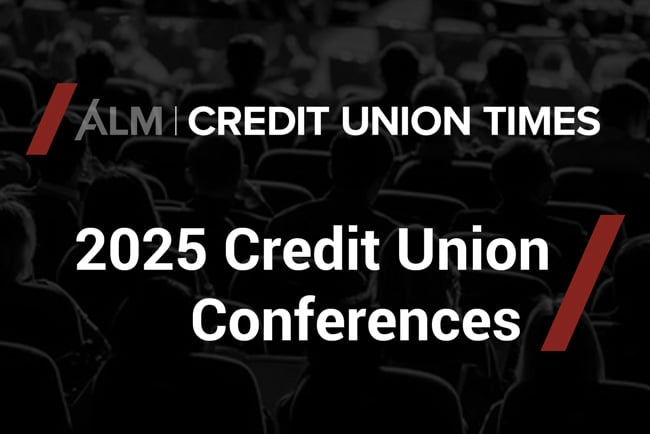Ask Joel Dahlgren how to build a bigger, more financially stable, better-capitalized credit union and this Minnesota lawyer's advice is surprising: regularly give away capital to members.
"It works in the cooperative world, and it would work for credit unions," said Dalhgren, founder of Black Dog Co-Op Law and a longtime consultant to cooperatives. He also recently co-authored "Credit Union and Cooperative Patronage Refunds," a report issued by the Filene Research Institute.
"A co-op's earnings belong to the members. The co-op does not exist for its own aggrandizement. It's the members money," said Dahlgren. "Dividends are very common in the cooperative world–in most co-ops members expect a patronage refund. I was surprised how infrequent it is in the credit union world."
Recommended For You
Dahlgren asserted that paying dividends is good for the bottom line. "Co-ops that pay a patronage refund have a stronger, more vibrant membership base." Giving away capital, he suggested, may actually result in a healthier balance sheet for credit unions, too.
There is some research that supports this notion.
"Credit unions that pay out patronage refunds do seem to have higher growth," said Lydia Cole, director of industry analysis at research firm Callahan & Associates, which provided Dahlgren with the data that serves as the backbone for the Filene report.
But there aren't many credit unions giving out patronage refunds, at least not consistently. Cole said she filtered data to find credit unions that have paid out every year for five years and also met certain other minimums. She came up with exactly 27 institutions across the country.
There are more that have distributed patronage refunds, Cole acknowledged that, because many institutions gave out dividends some years but not the five consecutive needed to make the Callahan list.
How do dividends work for the credit unions that pay them? Tim Mislansky, a senior vice president at Wright-Patt Credit Union in Ohio, with over $2 billion in assets and more than 200,000 members, said his institution is a true believer. "We have paid out about $11 million over the last three years.
Members," Mislansky added, "are rewarded for their usage of the credit union. The dividends we pay out are based on loan balances, deposit balances, debit card usage, a variety of factors."
The more touch points a member has with the credit union, the bigger the dividend. Payouts ranged from $10 to the several hundreds of dollars and, said Mislansky, the program has become a cornerstone of Wright-Patt's marketing.
"We actively poke fun at the banks in our marketing. 'When was the last time your bank gave you money back?' We have gotten a very positive response from our members, and our membership is growing 8% to 10% per year."
Some member reaction has been negative, acknowledged Mislansky. "I'd rather you hired more tellers because the lines are too long," wrote one member. But the grumbling, he said, is minuscule compared to the affirmative responses. "We are reminding them they are owners. It is their credit union."
Besides, added Mislansky, "A fundamental cooperative principle is the return of excess assets to members. Our capital position is strong–we are at 12 to 13%. It's the members money so we are happy to return it."
Halfway across the country–on the Canadian border at the northern tip of Maine–Acadia Federal Credit Union CEO David Desjardins said that his institution ($94 million in assets and 8,600 members) returned $350,000 in patronage dividends to members in 2010.
He said the business benefits are profound. "People come up to us and say thank you. This was money they were not expecting. When we can return a bonus to them, they enjoy it. This is about the warm and fuzzies. The credit union industry as a whole has become much more bank-like. This is a way to separate ourselves from banks."
Desjardins also noted, "Patronage dividends are very common among Canadian credit unions." But not in Maine. He said he knew of only one other Maine credit union that has been paying them out. He has come to feel strongly about the practice. "As a co-op, our members own us, and they should benefit from the strength of the business."
Acadia also has a strong capital position. "We are at 16.5% right now," said Desjardins, who noted that Acadia, which did not make the Callahan short list, gives out dividends only in very good years.
Despite glowing anecdotal reports about the benefits of capital pay-outs to members, "there is no groundswell of credit unions paying out patronage dividends," said Callahan's Cole.
"There are many ways to reward members and other techniques"–higher interest rates on deposit accounts, lower rates on loans, for instance–"may suit other credit unions and their memberships better." But, she said, "patronage dividends are trending in popularity, at least in the sense that now people are talking about them."
© 2025 ALM Global, LLC, All Rights Reserved. Request academic re-use from www.copyright.com. All other uses, submit a request to [email protected]. For more information visit Asset & Logo Licensing.






